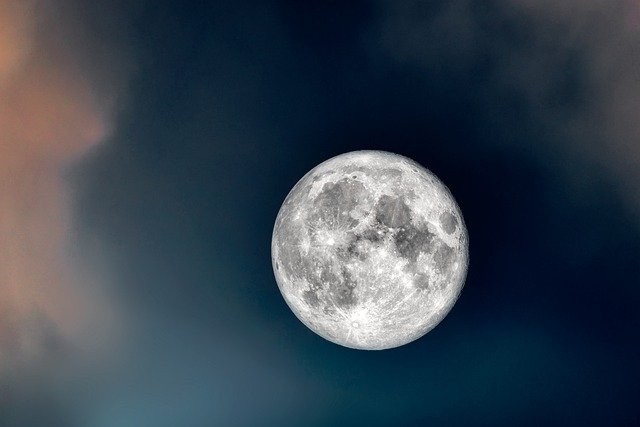
A colossal ancient impact that struck the moon is connected to the differences between the moon's two sides. The differences are the stark contrast based on the composition and what the two sides of the lunar body look like. The creation of the lunar South Pole-Aitken basin came about from the impact of the cosmic body so long ago.
The Lunar surface
How the moon looks on the Earthside is different on the far side, which cannot be seen, reported SciTech Daily.
On the near side, that is mostly lunar mare, a dark-colored remnant of archaic lava flows.While the far side is full of craters and no distinct features, how the visible and hidden sides are so different is not yet understood.
But a study proposes a new hypothesis about the lunar body; everything changed how a ginormous impact struck the southern pole about a billion years back.
A recent study posted in a journal reveals how the impact was the reason for the giant South Pole-Aitken (SPA) basin on the lunar body; it might have created a heated plume that spread out into the moon's inner crust layers, This plume had materials like rare-Earth and heat-producing elements on the moon's nearside; these elements cause volcanic activity, which is the reason for the volcanic plain, noted Phys Org.
According to Matt Jones, a Ph.D. candidate at Brown University and study lead, big collisions like the one that formed SPA would create a lot of heat.
How the heat produced and affected the lunar interior dynamics is the question. What are the likely conditions at the time of the colossal ancient impact that created SPA on the moon, resulting in a concentration of heat-producing components on the nearside?
It would help melt the mantle producing the lava flows seen on the lunar surface.
ones and his advisor Alexander Evans from Brown University, collaborated with others from Purdue University and other organizations in the study.
Moon's Near and Far Sides
The Apollo a reveal and Soviet Luna missions show the far and near sides differed in the 1960s. Future missions will show changes in the geochemical makeup of volcanic deposits and the variances in volcanic deposits.
Found in the nearside is the Procellarum KREEP terrane (PKT), a concentration of potassium (K), rare earth elements (REE), phosphorus (P), with Thorium that produces heat, noted Science Daily.
KREEP appears abundant in and around Oceanus Procellarum, the biggest of the moon's nearside volcanic plains, but it is rare anywhere. There is a link between the PKT and nearside lava sources; why they are all on the nearside is not known.
This new study provides an answer that is connected to the South Pole-Aitken basin, the solar system's second-largest known impact crater.
Simulations show how impact created heat in the moon's interior; also, how KREEP is present in the lunar mantle. The material hardened last in the mantle, though it might have formed the outer mantle in the crust.
According to lunar subsurface models, it was dispersed more or less uniformly under the surface. But, the heat plume from the SPA impact would disturb the uniform dispersion based on the new model.
One conclusion is that the KREEP would mostly be found in the nearside, keeping with the PKT anomaly. This, for now, answers the lunar body's near and far side. An effect of the colossal ancient impact shows in the distribution of KREEP on the moon according to the heat produced during the impact.
© 2025 HNGN, All rights reserved. Do not reproduce without permission.








